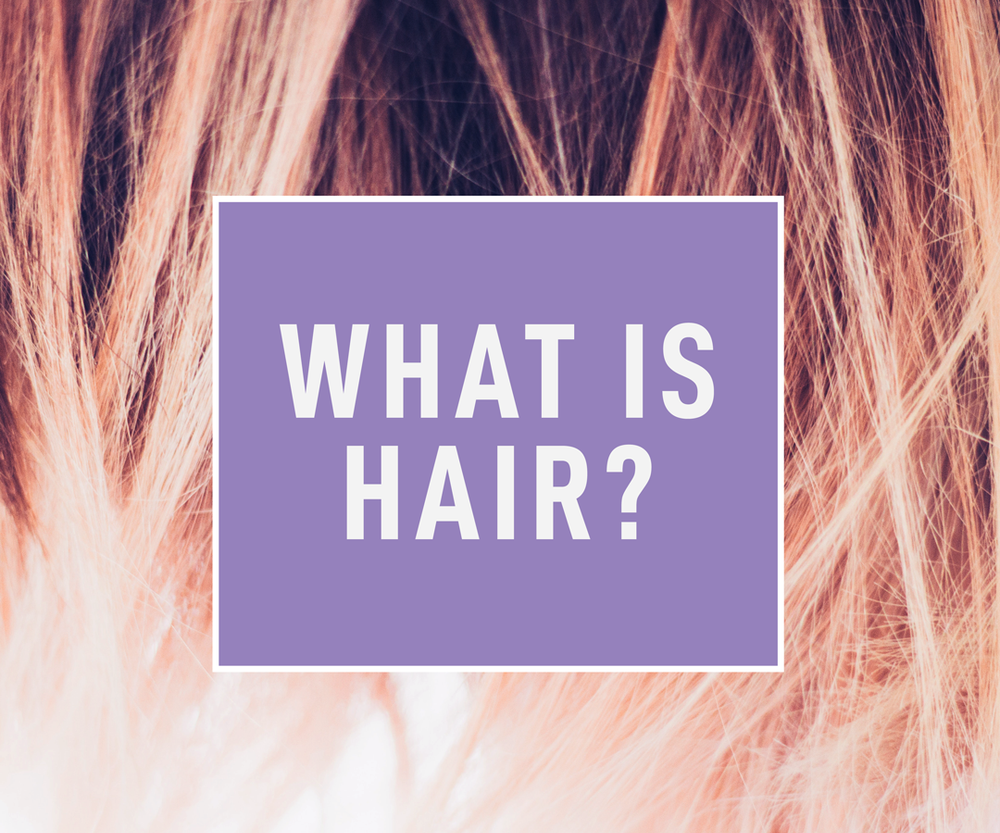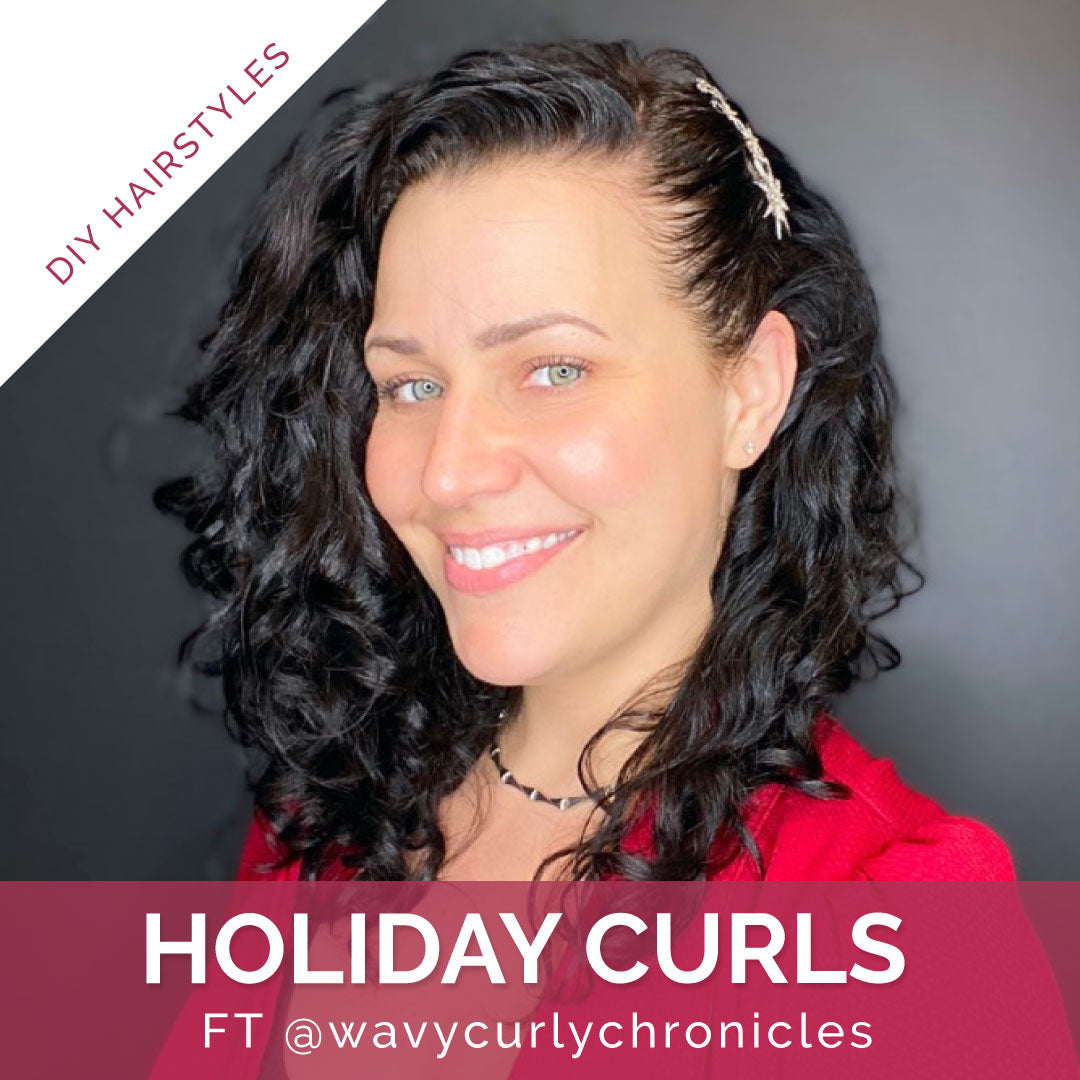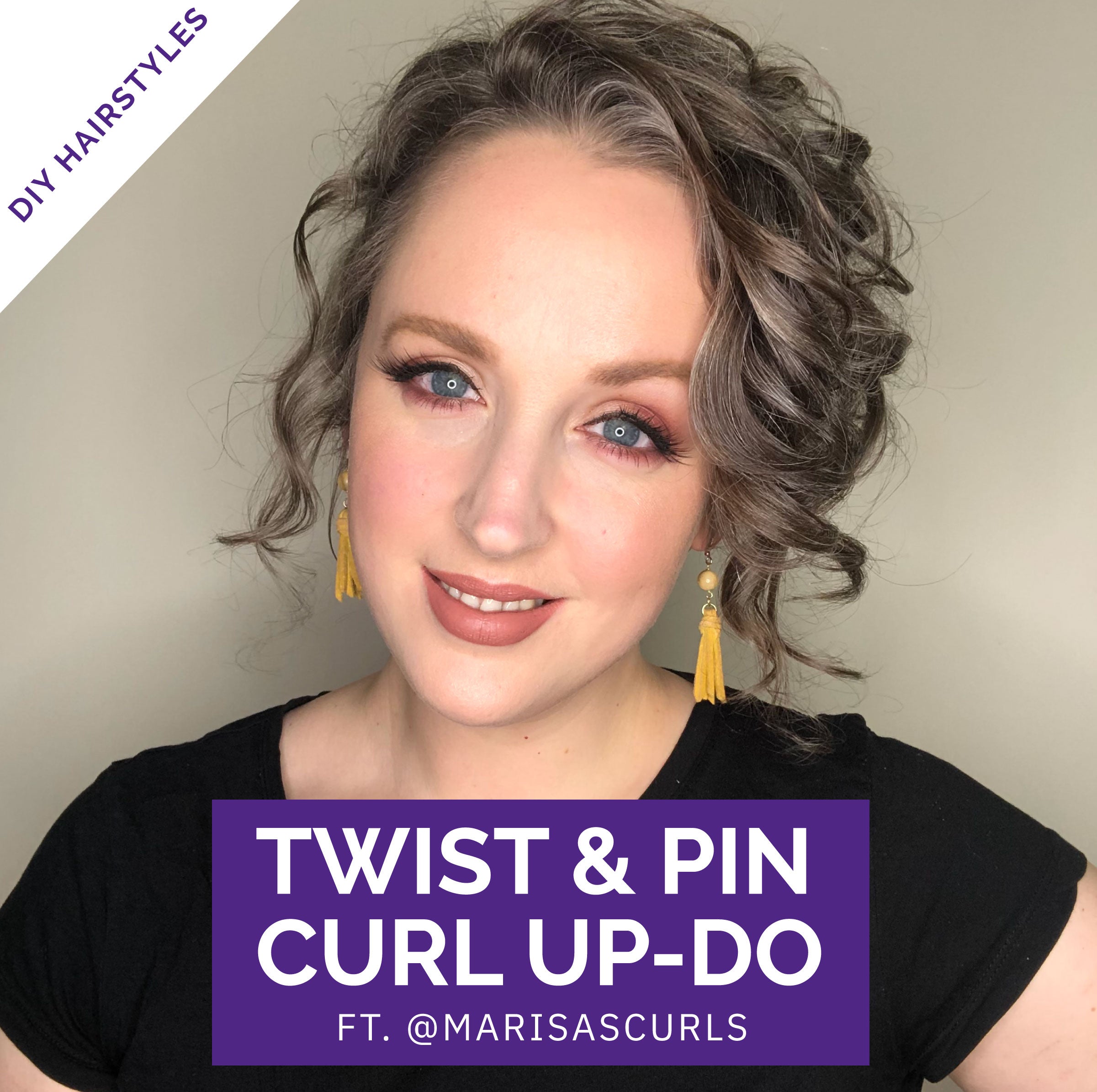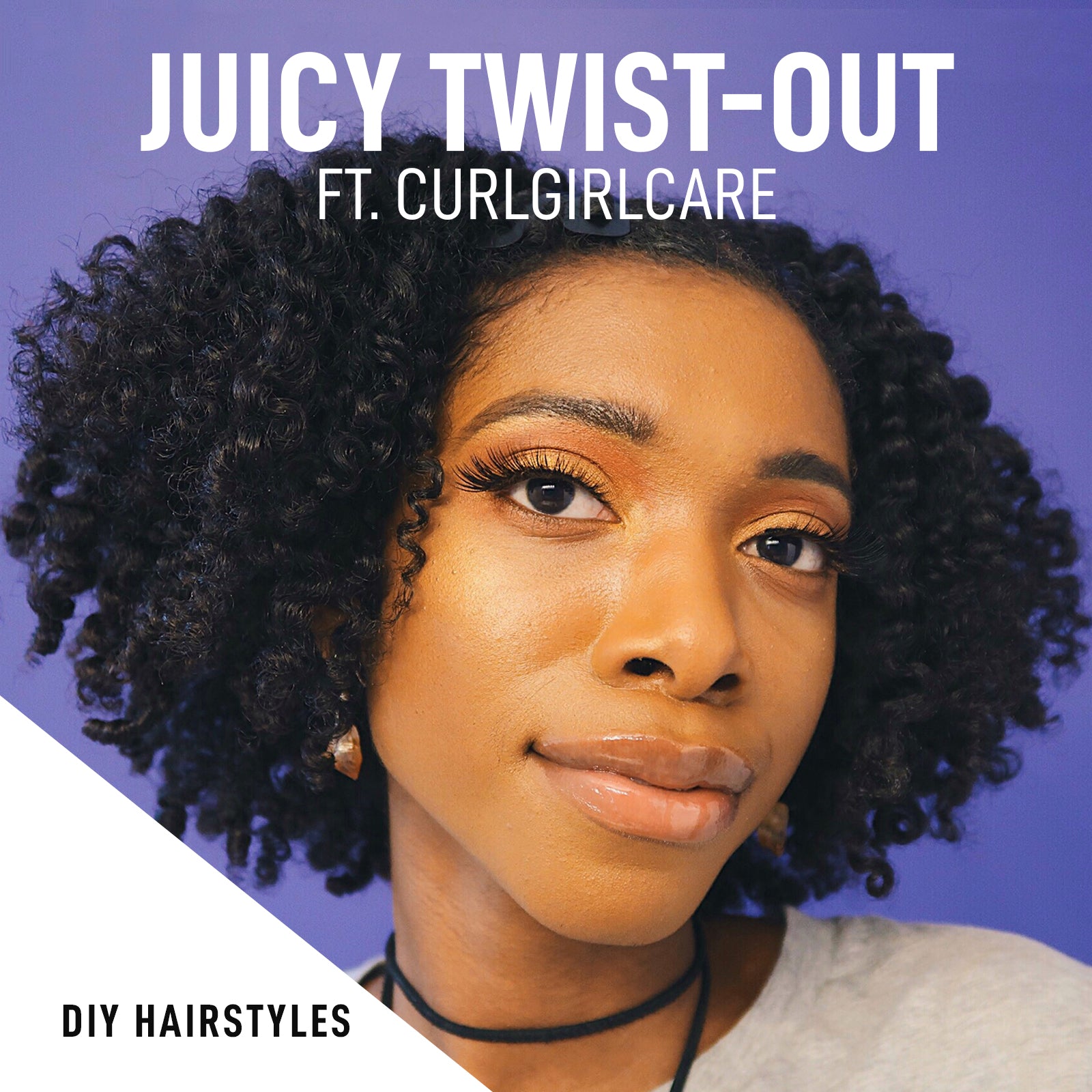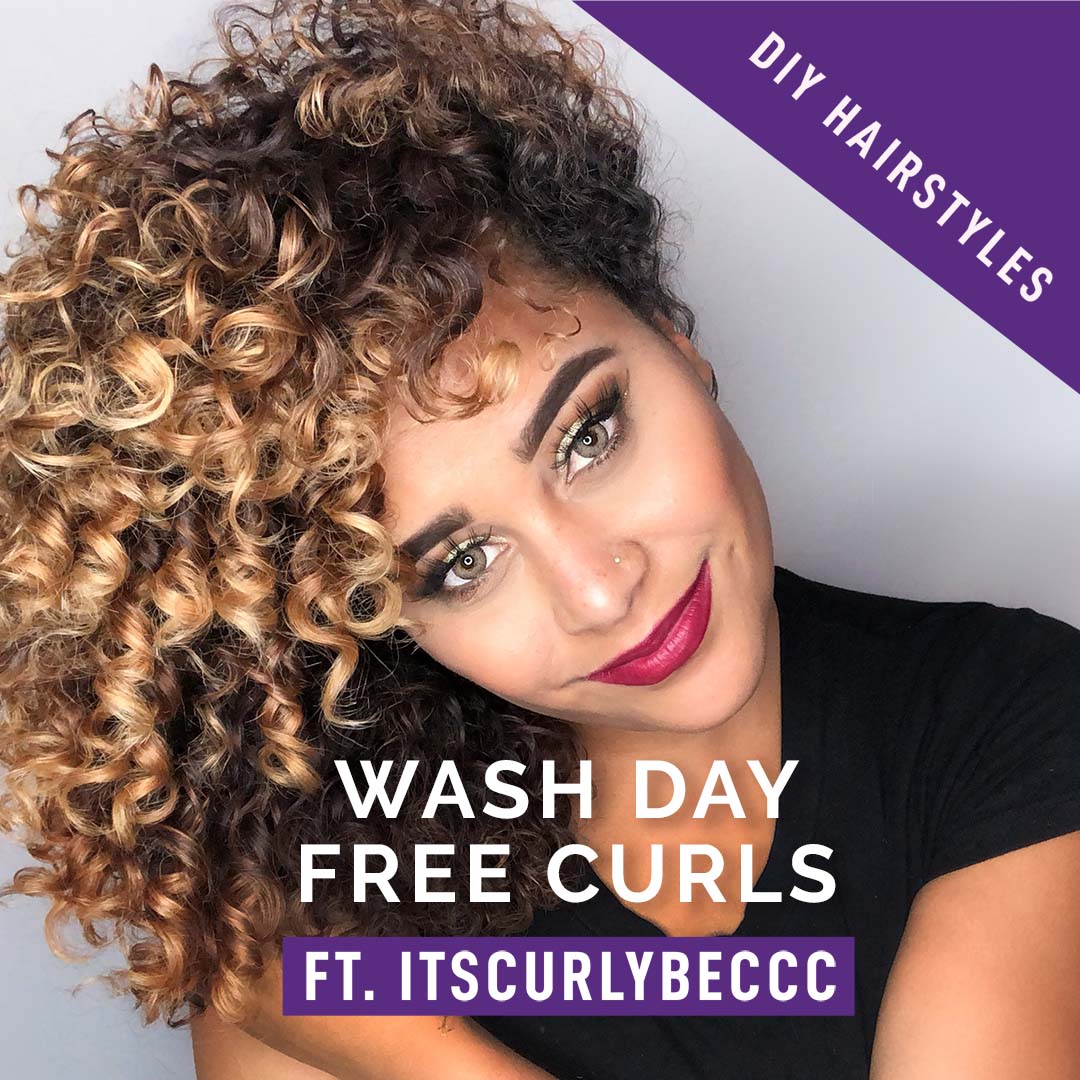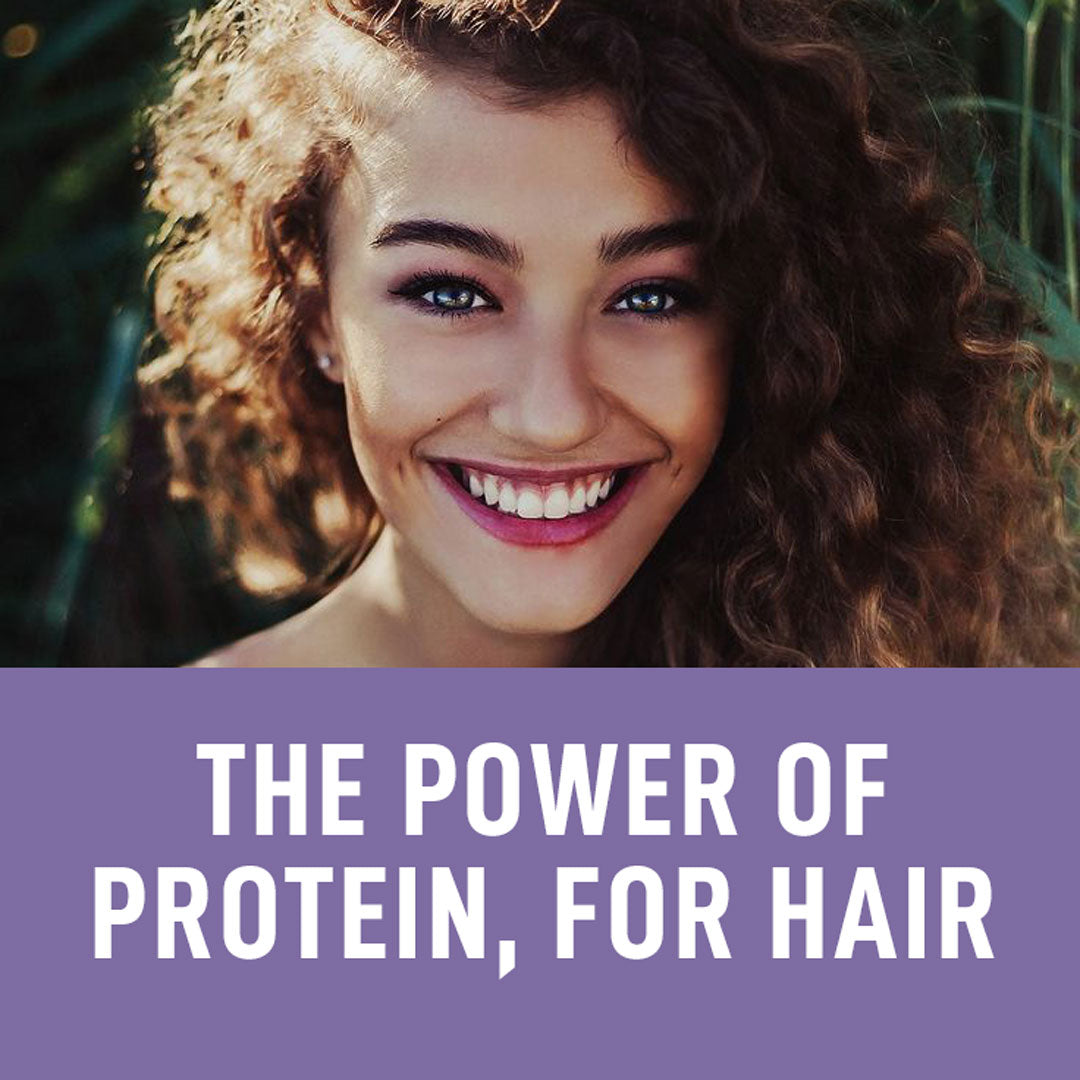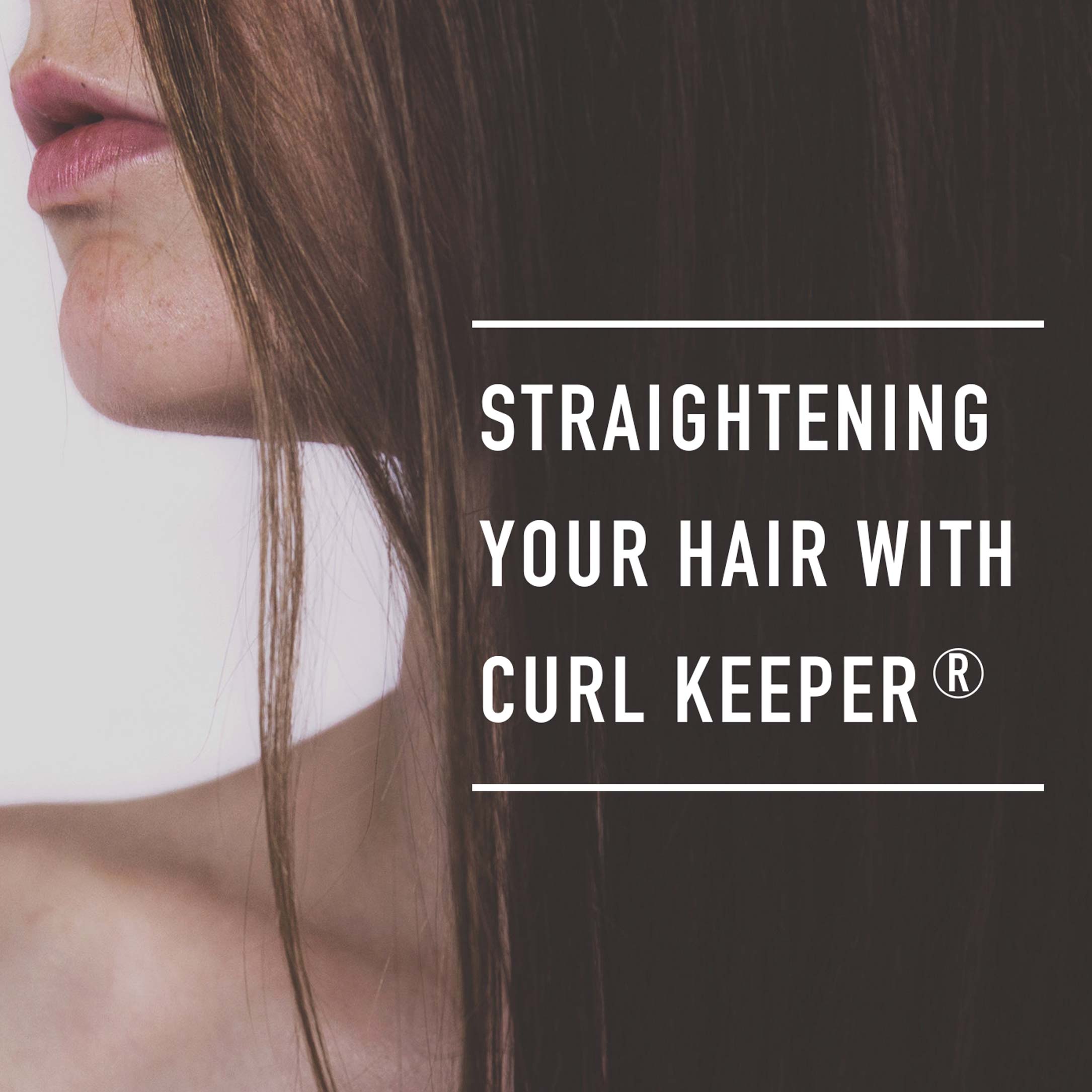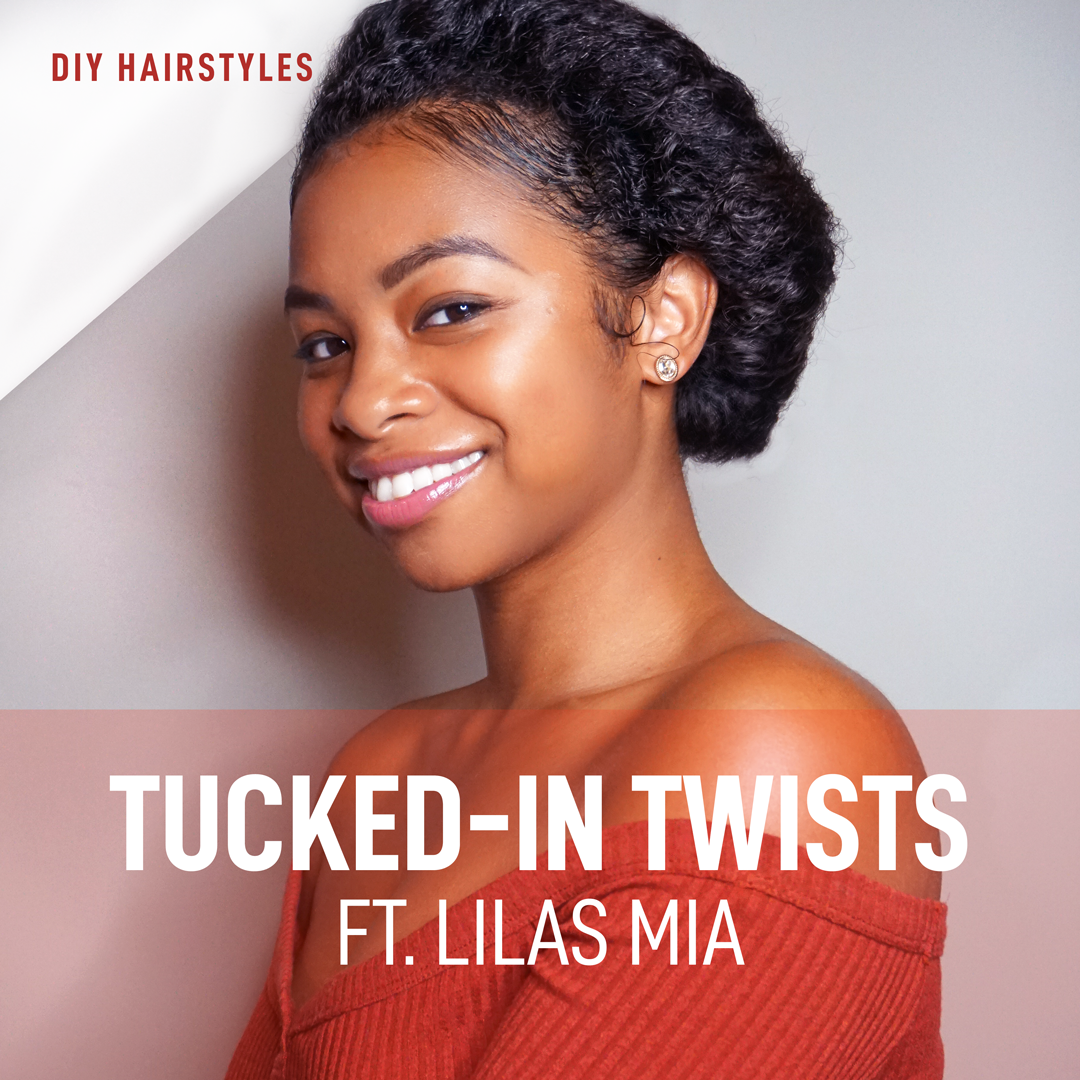What is Hair?
This is the fundamental question that every hair stylist should ask themselves during their career. This is done not only to understand physical properties of hair, but more importantly, a hairstylist needs to understand what hair represents to a person’s self-image.
Hair is a person’s crowning glory. It is their ultimate accessory and represents their outer appearance – and, quite honestly, makes up an important part of everyone’s selfie. How you style your hair is a very important choice you make when presenting yourself to others.
“There are many unproven theories about what hair actually is....”
- Jonathan Torch
We all know how long a first impression lasts, so we try to figure out how we want to be viewed. Taking care of your appearance can determine the way you feel about yourself, and give you the self-confidence – and a little bit of control – that will impact on your well-being and quality of life.
Because hair strands are porous and have the ability to absorb, you can control what you put into your hair. The key is learning what minerals need to be deposited to keep your hair both healthy and manageable.
But how does hair absorb anything? Isn’t Hair Dead?
Some people say that hair is dead, and that nothing can change the state of their hair – you just need to put oils and shines on top of the hair to make it look good. They say that there are no pulse or nerve endings found in hair. However, there are many unproven theories about what hair actually is.
But hair is porous! We definitely notice side effects from medication and anesthetics, and how they affect the hair – so much so that even the strongest perm solutions don’t always work on your hair after medication or anesthesia. Hormone imbalances during pregnancy also create major changes, and the changes of hormones can alter the hair structure of the entire head – we’ve seen stylists and clients go from straight to curly, and vice versa! From fine, straight hair a wave can occur, evolving into a full head of curls. Sometimes, this lasts a couple of months, while other times, the hair pattern itself has completely changed. Hair is constantly changing and constantly affected by its environment. So it’s clearly not limp or entirely dead.
The most unusual change I ever witnessed was when a regular client with natural brown hair colour lost sixty percent of her colour from roots to ends overnight, after her husband had a severe heart attack. I can only assume that it was totally stress-related. Restoring hair, whether it is from colour change, strength, or bulk, is a creative challenge for stylists, so we need to be creative and enthusiastic in working with the many problems of curly hair.
Because hair is porous and has the ability to absorb, we can control what we put into the hair strand. The key is knowing what minerals need to be deposited, and how to properly take care of hair. To properly restore hair to its healthiest state, the products and minerals that you use need to match the natural pH balance of the hair, in order to affect the hair where it actually needs help.
Every day researchers discover something new about how the body, and hair, works. This makes working as a hairstylist in the twenty-first century a very exciting time to practice! And all of this research helps us truly understand what hair is – not just how it works, how to properly care for it, and how to work with it, but also, what it means to our clients to have a beautiful cut, colour, and style.











